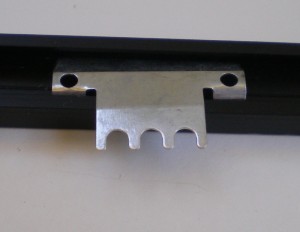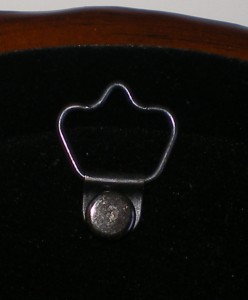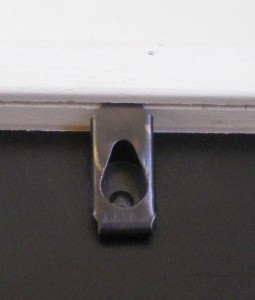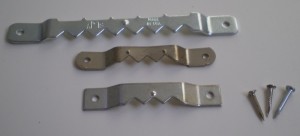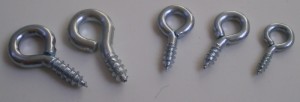Although you can’t learn everything in one post about photography (and nor would I try), this post is written to give you a taste of four important digital photography tips that can be helpful in improving almost any picture.
Have Enough Resolution
With most people using digital cameras, often people end up with poor quality pictures when they go to enlarge them. Often times, the problem is that the image doesn’t have a high enough resolution.
If you’re going to print out your pictures, make sure you use your camera’s highest resolution. However, if you want more information on resolution, check out our blog post All About Resolution. Just remember, that if you’re shooting with high resolution, you can always resize the picture to a smaller size.
Have the Right Kind of Light
Good lighting is critical if you want great pictures. However, sometimes people think they have to spend a lot of money on lighting equipment in order to get quality light. Although this post is not about the basics of lighting, if you’re on a budget and want great lighting simply go outside.
Natural lighting is best when you choose specific times of the day such as the hour after dawn or the hour before sunset. Both of these times give soft light compared to the harsh shadows and bad bright glare of the sun at high noon. Obviously you want to avoid direct bright light (such as noon time) like the plague as it will wash out your pictures and generally give you bad results.
Composing Your Pictures
With photo composition there is lot to learn but one helpful tip you can start using right away is to “fill the frame.” Filling the frame means that you want to have the subject of your photo be the focus and have it take up the majority of the image. This allows your subject to be the focus and will usually result in a photo with more impact.
Often times, people will include a lot of extraneous “stuff” around the subject that is later cropped out. For example, if you’re taking a picture of Suzy swinging in the yard, you should zoom in on Suzy swinging and ignore all of the other activity in the yard like Grandpa barbequing or the dog playing with his toy. Simply by using this techniques you’ll start to see a noticeable difference in the appeal of your pictures. And once you’ve learned that, you can always learn other composition techniques like the “rule of thirds.”
Keep it Steady
It doesn’t take much movement to create a blurry picture and is a common problem with many pictures. With digital cameras, there is usually a delay from the time you press the shutter release and the time the picture is actually taken. This is called shutter lag and varies with each camera. So, the best trick to avoid blurry pictures is the following:
- Use a Tripod when using a slow shutter speed to make sure the camera is steady.
- Get used to the delay with your camera and keep the camera still until the green light on your camera flashes.
- Steady yourself by keeping your elbows down close to your body and your feet evenly planted on the ground.
Hopefully these tips will help you get improved results with your camera so you’ll have more pictures that you can enjoy displaying on your picture frame wall.
